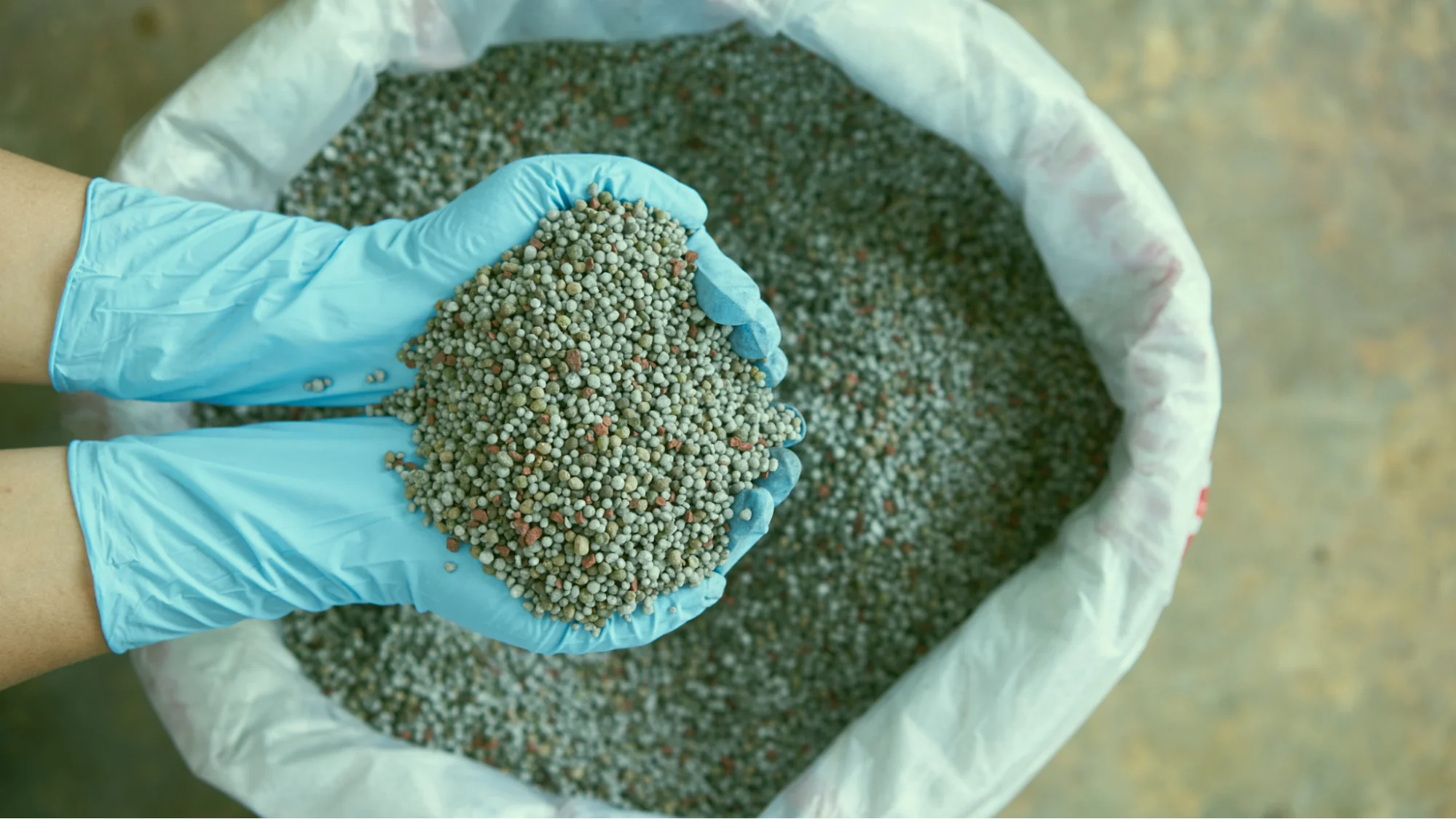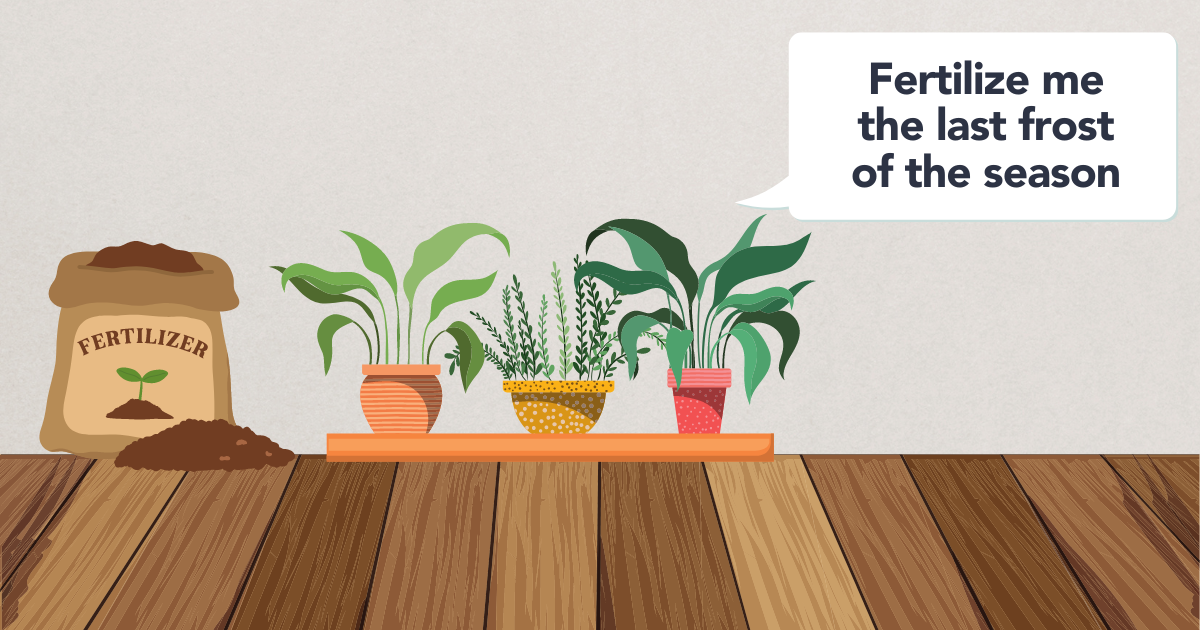Spring Fertilizing Guide for Houseplants
Spring brings a sense of renewal not just for us but for our green companions as well. As plant enthusiasts, we know that the start of the growing season signals an important task: fertilizing our houseplants. This comprehensive guide dives into the why, when, and how of spring fertilizing, ensuring your houseplants thrive and bloom in their indoor environments.
With the arrival of spring, our houseplants awaken from their winter dormancy, signaling an opportune moment to provide them with the nutrients they need for a season of vigorous growth. Understanding when to fertilize houseplants in spring, the types of fertilizers to use, and the specific needs of different plant types can seem daunting. However, with the right knowledge and tools, you can ensure your plants receive the best care possible.
What Kind of Fertilizer Should You Use?
Choosing the right type of fertilizer for your houseplants is a crucial decision that can significantly impact their growth and health. The variety of fertilizers available can be categorized based on their composition, release time, and application method, each catering to different needs and preferences.
Composition: Organic vs. Synthetic
Organic fertilizers are derived from natural sources such as plants, animals, and minerals. They not only supply essential nutrients to your plants but also improve soil health by promoting microbial activity. Examples include fish emulsion, seaweed extracts, and compost teas. These options are often preferred for their gentle, slow-release properties and their lesser likelihood of causing fertilizer burn.
Synthetic fertilizers, on the other hand, are chemically formulated to provide a quick supply of nutrients. They are highly concentrated and can produce faster results. However, they do not improve soil structure or microbial activity and can increase the risk of over-fertilization and environmental harm if not used cautiously.
Release Time: Slow-Release vs. Liquid Fertilizers
Slow-Release Granular Fertilizers: These are applied to the soil surface and slowly break down to release nutrients over time, usually over a few months. They are ideal for minimizing maintenance and reducing the risk of over-fertilization.
Liquid Fertilizers: These are diluted with water and applied directly to the soil or as a foliar spray. They provide quick nutrient uptake but require more frequent application. Liquid fertilizers are particularly beneficial during the active growth phase in spring and summer, as they can be easily integrated into regular watering routines.
How to Apply Fertilizer

The application of fertilizer is not just about the type but also how and when it’s applied. Correct application ensures your plants get the maximum benefit without adverse effects.
Preparing the Plant
Ensure your plant is ready to be fertilized. It should not be stressed, overly dry, or in a dormant state. Water your plant a day before fertilizing if the soil is dry, as applying fertilizer to dry soil can cause root burn.
Diluting the Fertilizer
For liquid fertilizers, follow the instructions on the label to dilute with water. Over-concentration can harm the plant, so it’s better to err on the side of caution and use a weaker solution, especially for sensitive plants.
Applying Granular and Liquid Fertilizers
Granular Fertilizers: Spread the granules evenly around the soil surface, away from the plant base to avoid direct contact with roots. Lightly mix into the top layer of soil and water thoroughly to start the release process.
Liquid Fertilizers: Apply the diluted solution until it runs out of the drainage holes. This method ensures the nutrients are distributed evenly throughout the soil. You can also use liquid fertilizers as a foliar spray, applying them directly to the leaves for quick absorption. However, this should be done in the morning or late afternoon to avoid leaf burn from the sun.
Frequency
The frequency of fertilization depends on the product’s release rate and the plant’s growth phase. During the active growth period in spring and summer, liquid fertilizers can be applied every 2-4 weeks, while slow-release granular fertilizers might only need application once a season.
When to Start Fertilizing
When to start fertilizing your houseplants in the spring is a topic that garners much attention among plant enthusiasts and experts alike, largely due to its critical impact on the health and growth of indoor plants. The transition from winter to spring represents a pivotal phase in a plant’s life cycle. As temperatures rise and days lengthen, houseplants, much like their outdoor counterparts, exit their dormant state and gear up for a period of active growth. This shift is not just a signal for a change in the care regimen but a call to action for plant parents to support their green charges with the necessary nutrients for lush, robust growth.
Understanding the Timing

The rule of thumb, endorsed by a wide array of gardening professionals, is to initiate the fertilization process post the last frost of the season. This guideline, however, is more directly applicable to outdoor plants. For houseplants, the translation of this rule points to a period when you notice a marked increase in daylight and a corresponding rise in indoor temperatures signaling the end of the colder months.
Spring, with its promise of renewal, beckons plants to awaken. It is during this time that they embark on a vigorous phase of producing new leaves, extending stems, and, for some, preparing to flower. The exact timing can vary depending on your geographical location and the microclimate within your home. Monitoring these external cues is crucial for determining the optimal fertilizing schedule.
Signs Your Houseplants Are Ready for Fertilization
New Growth: The emergence of fresh foliage or stems on your houseplants is the most overt sign that they are exiting dormancy and are in need of additional nutrients to support this new development. This new growth phase consumes a significant amount of energy and resources, necessitating a boost in nourishment to sustain and bolster this expansion.
Light Conditions: The increase in daylight hours during spring has a profound effect on houseplants. Light acts as a signal for plants to resume or ramp up their growth activities. With more light, photosynthesis increases, driving a higher demand for nutrients. Ensuring your plants are well-positioned to receive ample sunlight and supplementing their diet with fertilizer aligns with their natural growth cycle and maximizes their health and vitality.
Recovery from Winter: The winter season often places plants in a state of dormancy or significantly slows their metabolic activities. As a result, they conserve energy and make do with less. With the arrival of spring, plants not only have to recuperate from this period of inactivity but also prepare for the demands of the upcoming growth season. Providing a well-balanced fertilizer as they begin to show signs of waking can significantly enhance their recovery and growth.
Prioritizing Plant Health with Thoughtful Fertilization
Adopting a strategic approach to fertilizing in the spring is not merely about supplying your plants with food; it's about tuning into their natural cycles and supporting their growth in a manner that is both beneficial and sustainable. Over or under-fertilization can lead to a host of issues, including nutrient burn or deficiency, impacting plant health. Thus, observing your plants for these signs and responding with appropriate fertilization practices is key to nurturing a thriving indoor garden.
Incorporating these insights into your spring plant care routine elevates not just the aesthetics of your indoor space but also the well-being of your plant companions. By aligning fertilization practices with the natural cues of your houseplants, you foster an environment where they can thrive, showcasing the lush, vibrant foliage that makes indoor gardening such a rewarding endeavor.
Fertilizing Different Types of Houseplants
Not all plants have the same nutritional needs. Leafy tropicals and succulents generally thrive with balanced fertilizers, while flowering plants might require a formulation higher in phosphorus to promote blooms. Always tailor your fertilizing regimen to the specific needs of each plant, considering their light and water requirements as well.
Best Practices for Fertilizing
To avoid over-fertilization, which can lead to nutrient burn, start with a dilute solution and gradually increase the strength as needed. It's better to under-fertilize than overdo it. Additionally, never fertilize a stressed plant (e.g., one that is drooping or has dry soil); instead, water it thoroughly and allow it to recover before applying fertilizer.
As we welcome the vibrant energy of spring, let’s also embrace the opportunity to nourish our houseplants. A well-thought-out fertilizing routine can invigorate your indoor garden, leading to healthier, more resilient plants that bring life and color to our homes. Remember, the goal is to support the natural growth and flowering of your houseplants, ensuring they have everything they need to thrive during the growing season.
Fern's Leafy Learnings
Spring marks the start of the active growth phase for houseplants, making it the ideal time for fertilizing.
Choosing the right type of fertilizer (liquid, granular, or spikes) is crucial for meeting the specific needs of different houseplants.
A balanced N-P-K ratio in fertilizers supports overall plant health, promoting both foliage and bloom growth.
It's essential to adjust fertilization based on the plant's growth phase, with less or no fertilizer during dormancy.
Over-fertilization can harm plants; start with diluted solutions and never fertilize stressed plants.
Deepen Your Roots with Flora
At Flora, we not only bring you a vibrant selection of locally sourced, rare, and delightful plants, but we also serve as your continuous guide in your plant parenting voyage, ensuring every leaf in your sanctuary thrives. With our Flora Pod™ technology and a nurturing community of over 250,000 plant lovers, we cultivate a space where every plant parent - novice or expert - can blossom.
We propagate with a commitment to sustainability, connection, and ceaseless growth, fostering a community where each member, and their plants, are cherished and nurtured.
Crave a lush, thriving green space? Adopt a plant from Flora today!
Flora Pod™ is featured on Shark Tank!

Shop Plants
Top 10 Most Popular Roses
Mar 22, 2022
How to Care for China Roses
Mar 11, 2022
How to Care for Chinese Money Plants
May 15, 2020
How to Grow and Care for A Bird of Paradise
Apr 26, 2020
Top 10 Plants To Grow In A Terrarium
May 31, 2022
How to Grow and Care for Lucky Bamboo
Mar 29, 2022
How to Grow and Care for Corn Plants
Mar 29, 2022
How to Care for Madagascar Dragon Trees
Mar 21, 2022













